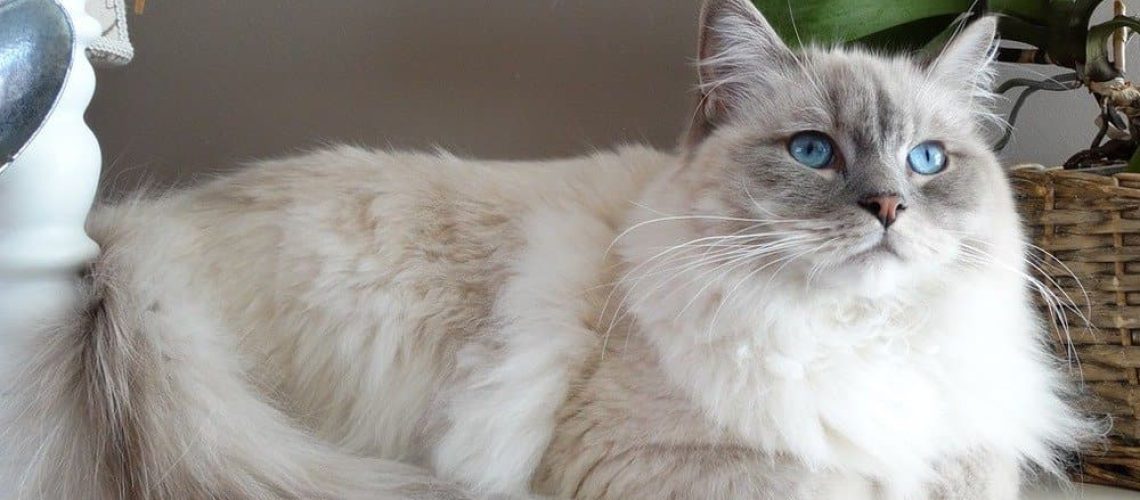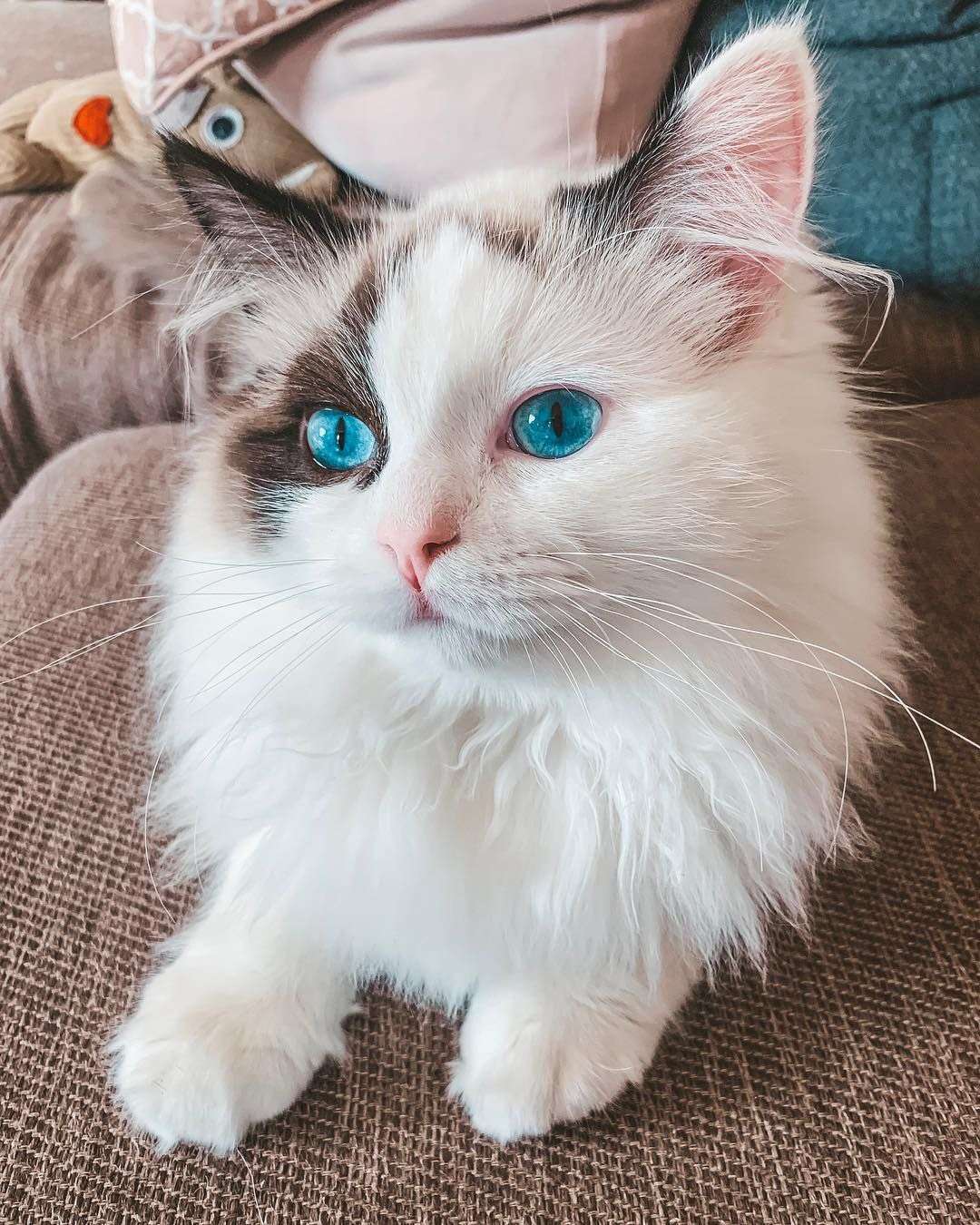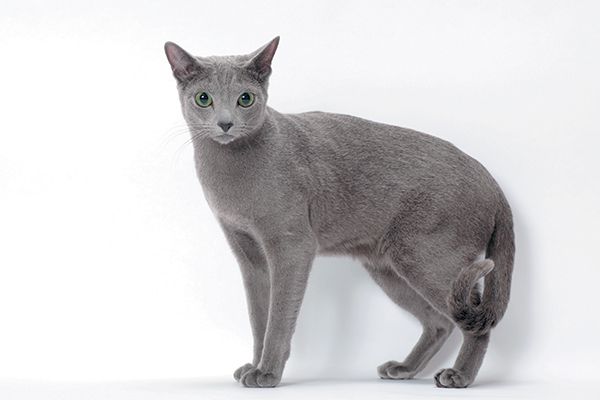In this article, we will delve into why these cuddly creatures are so highly sought after, exploring their gentle nature, affectionate tendencies, and captivating personalities. So get ready to be captivated by the world of Ragdoll cats and discover why they truly are the ultimate cuddly companion!
Key Takeaways:
- Ragdoll cats are known for their gentle and sweet nature, making them excellent companions for cuddling.
- They are a large breed of cat with striking blue eyes and a semi-long coat that requires regular grooming.
- Ragdolls are often described as "puppy-like" due to their tendency to follow their owners around the house and greet them at the door.
- These cats are generally very social and enjoy being around people, including children and other pets.
- Ragdolls have a calm temperament and are not typically prone to aggressive behavior, making them suitable for households with a peaceful environment.
Soft & Sweet: Ragdoll Cat A Cuddly Companion
Why Ragdoll Cats Make Great Cuddly Companions
Ragdoll cats are known for their affectionate and gentle nature, making them excellent cuddle buddies. These cats love to be held and will often flop down in your arms like a ragdoll, hence their name. Their soft fur and warm body make them the perfect snuggle partners.
Unlike some other cat breeds that can be aloof or independent, Ragdolls thrive on human companionship. They enjoy being around their owners and will often follow them from room to room. Whether you're watching TV or reading a book, you can count on your Ragdoll cat to curl up beside you for some quality cuddle time.
The Unique Temperament of Ragdoll Cats
Ragdolls are known for their calm and easygoing temperament. They are typically not as high-energy as some other cat breeds, which makes them great companions for both children and adults. These cats are patient and tolerant, making them an ideal choice for families with young children.
Ragdolls are also known for their social nature. They get along well with other pets, including dogs, and are generally friendly towards strangers. Their laid-back personality makes them adaptable to different environments, whether it's a small apartment or a larger home.
Physical Characteristics of a Ragdoll Cat: What They Look Like
Ragdolls are large cats with muscular bodies. They have semi-long hair that is silky-soft to the touch. Their fur comes in a variety of colors and patterns, including seal point (dark brown/black), blue point (gray), chocolate point (brown), lilac point (pale gray/lavender), and more.
One distinctive feature of Ragdoll cats is their stunning blue eyes. Their eyes are large and expressive, adding to their overall charm. Ragdolls also have a sweet and gentle facial expression, with a slightly rounded head and full cheeks.
Mental Well-Being Benefits of Owning a Ragdoll Cat
Owning a Ragdoll cat can have many mental well-being benefits. Their calm and affectionate nature can help reduce stress and anxiety. Cuddling with a Ragdoll can promote relaxation and provide comfort after a long day.
Ragdolls are also known for being good listeners. Talking to your cat about your worries or problems can be therapeutic, as they provide a non-judgmental ear. Their presence alone can bring a sense of peace and happiness to your home.
Caring for Your Ragdoll Cat: Keeping Them Healthy and Happy
- Provide a balanced diet: Feed your Ragdoll cat high-quality cat food that meets their nutritional needs. Consult with your veterinarian for specific dietary recommendations.
- Grooming: Brush your Ragdoll's fur regularly to prevent matting and keep it looking its best. They may also need occasional baths to keep their coat clean.
- Regular vet check-ups: Schedule regular veterinary visits to ensure your Ragdoll's health is in check. Vaccinations, deworming, and flea prevention are important aspects of their care.
- Playtime: Engage in interactive play sessions with your Ragdoll cat to keep them mentally stimulated and physically active.
- Litter box maintenance: Keep the litter box clean by scooping it daily to maintain good hygiene for both you and your cat.
Tips and Techniques for Training and Raising a Ragdoll Cat
Ragdolls are generally easy to train due to their intelligent and docile nature. Here are some tips for training and raising your Ragdoll cat:
- Start early: Begin training your Ragdoll cat when they are still kittens. They are more receptive to learning at a young age.
- Positive reinforcement: Use treats, praise, and affection to reward good behavior. Avoid punishment or negative reinforcement, as it can be counterproductive.
- Litter box training: Introduce your Ragdoll kitten to the litter box early on and provide positive reinforcement when they use it correctly.
- Socialization: Expose your Ragdoll cat to different people, animals, and environments from an early age to help them become well-adjusted adults.
- Scratching posts: Provide plenty of scratching posts or boards to redirect their natural urge to scratch away from furniture.
Why Ragdoll Cats Make Great Cuddly Companions
Ragdoll cats are known for their affectionate nature, making them excellent cuddle buddies. They have a unique ability to relax their bodies when held, earning them the name "ragdoll." This makes them perfect for snuggling up on the couch or in bed. Their calm and gentle demeanor also makes them great companions for children and seniors alike.
Their Gentle and Docile Personality
One of the reasons why ragdoll cats make such great cuddly companions is their gentle and docile personality. They are not easily startled or aggressive, which means they are less likely to scratch or bite during cuddle sessions. Instead, they enjoy being held and will often seek out human contact. Their laid-back nature makes them a joy to have around the house.
Their Affectionate Behavior
Ragdolls are known for their affectionate behavior towards their owners. They love being close to their humans and will often follow them around the house. When you sit down, don't be surprised if your ragdoll jumps onto your lap for some quality cuddle time. They enjoy being petted and will purr contentedly as you stroke their soft fur.
Tips for Cuddling with Your Ragdoll Cat:
- Find a comfortable spot where both you and your cat can relax.
- Approach your cat calmly and gently.
- Start by petting them slowly to help them relax.
- If your cat shows signs of discomfort or wants to leave, respect their boundaries.
- Enjoy the warmth and comfort of cuddling with your furry friend!
The Unique Temperament of Ragdoll Cats
Ragdoll cats have a temperament that sets them apart from other breeds. They are known for their easygoing nature and friendly disposition, making them a popular choice for families. Their unique temperament makes them adaptable to various environments and allows them to get along well with other pets.
Their Social Nature
Ragdolls are highly social cats that thrive on human companionship. They enjoy being part of the family and will often greet visitors with curiosity rather than fear. This social nature makes them great companions for households with multiple people or pets. They are also known to get along well with children, making them an ideal choice for families.
Signs of a Happy Ragdoll Cat:
- Purring loudly when being petted or cuddled.
- Seeking out human contact and following you around the house.
- Playing and engaging in interactive activities.
- Relaxed body posture, with their tail held up high.
Physical Characteristics of a Ragdoll Cat: What They Look Like
Ragdoll cats have distinct physical characteristics that make them easily recognizable. They are large, muscular cats with semi-long fur and striking blue eyes. Their coat comes in various patterns and colors, including seal, blue, chocolate, lilac, and more. The combination of their size, fur, and eye color gives them a unique and beautiful appearance.
Their Semi-Long Fur
One of the most noticeable features of ragdoll cats is their semi-long fur. It is soft to the touch and requires regular grooming to prevent matting. Their fur is dense but lacks an undercoat, which means they shed less compared to other breeds. Regular brushing helps keep their coat healthy and prevents hairballs.
Grooming Tips for Ragdoll Cats:
- Brush your ragdoll cat's fur at least once a week using a soft-bristle brush.
- Pay extra attention to areas prone to matting, such as behind the ears and under the armpits.
- Trim their nails regularly to prevent them from becoming too sharp or causing damage.
- Clean their ears gently with a damp cloth to remove any dirt or wax buildup.
Mental Well-Being Benefits of Owning a Ragdoll Cat
Owning a ragdoll cat can have numerous mental well-being benefits for both children and adults. These cats are known for their calming presence and ability to reduce stress levels. Their affectionate nature provides comfort and companionship, promoting emotional well-being.
Stress Reduction
Interacting with a ragdoll cat has been shown to reduce stress levels in humans. The act of petting and cuddling with these gentle creatures releases endorphins, which are natural mood boosters. Spending time with a ragdoll cat can help lower blood pressure and promote relaxation after a long day.
Activities to Reduce Stress with Your Ragdoll Cat:
- Set aside dedicated playtime each day to engage your cat in interactive activities.
- Provide them with toys that encourage exercise and mental stimulation.
- Create a cozy space where your cat can relax, such as a comfortable bed or blanket.
Caring for Your Ragdoll Cat: Keeping Them Healthy and Happy
Proper care is essential for keeping your ragdoll cat healthy and happy. This includes providing them with a balanced diet, regular veterinary check-ups, and maintaining good hygiene practices.
Dietary Needs
Ragdolls have specific dietary needs to support their overall health. Feed them high-quality cat food that is appropriate for their age and activity level. Avoid overfeeding as they are prone to obesity. Provide fresh water at all times and consider incorporating wet food into their diet for added hydration.
Tips for Maintaining Good Hygiene:
- Regularly clean your cat's litter box to ensure a clean and odor-free environment.
- Brush their teeth regularly to prevent dental issues.
- Keep their living area clean and free from any potential hazards.
Tips and Techniques for Training and Raising a Ragdoll Cat
Training and raising a ragdoll cat can be an enjoyable experience. These cats are intelligent and eager to please, making them relatively easy to train. With proper techniques and consistency, you can teach your ragdoll cat various commands and behaviors.
Positive Reinforcement Training
Ragdolls respond well to positive reinforcement training methods. Rewarding desired behaviors with treats or praise encourages them to repeat those actions. Use clicker training or verbal cues paired with rewards to reinforce good behavior. Avoid punishment-based training methods as they can lead to fear or aggression.
Tips for Successful Training:
- Start training sessions in a quiet, distraction-free environment.
- Break down commands into small steps for easier learning.
- Use treats that your cat finds highly motivating.
- Keep training sessions short but frequent for better retention.
- Be patient and consistent throughout the training process.
By following these tips and understanding the unique characteristics of ragdoll cats, you can create a strong bond with your feline companion while providing them with the care they need to thrive.
Conclusion, the Ragdoll cat is a perfect cuddly companion. Its soft and sweet nature makes it an ideal pet for anyone looking for a loving and affectionate furry friend.
Do Ragdoll cats like to snuggle?
These pets are happiest when they have another pet to keep them company, as they are highly social animals. They generally enjoy and respond well to receiving plenty of affection and cuddles from their owners.
Do Ragdolls get attached to one person?
To sum up, ragdolls can indeed form a strong bond with one person, but they are also capable of developing relationships with multiple individuals in their household.
Do Ragdoll cats like to be held?
While many cats do not enjoy being picked up or carried, the Ragdoll cat is an exception. They have a tendency to go completely limp and relax when held, just like a ragdoll, which is where their name comes from. They are known for being very affectionate and enjoy cuddling.
Do Ragdolls like to sleep with you?
It is a fact that some of the characteristics we adore in our dogs are also present in Ragdoll cats. However, let's keep this as our little secret. Ragdolls have a strong preference for being around their owners, whether that involves shadowing you around the house, lounging on your lap, or snoozing in your bed.
Are Ragdolls a lap cat?
Were you aware that Ragdolls were named after the Rag Doll because they are so relaxed that they become limp when you lift them up? Ragdolls are the epitome of a lap cat, enjoying lounging around, sitting on your lap, and sleeping beside you.
Do Ragdolls like to sit on your lap?
Because of their obedient nature, they make great lap cats and are excellent companions for their owners. They typically get along well with other pets in the household and are happy being independent.

















